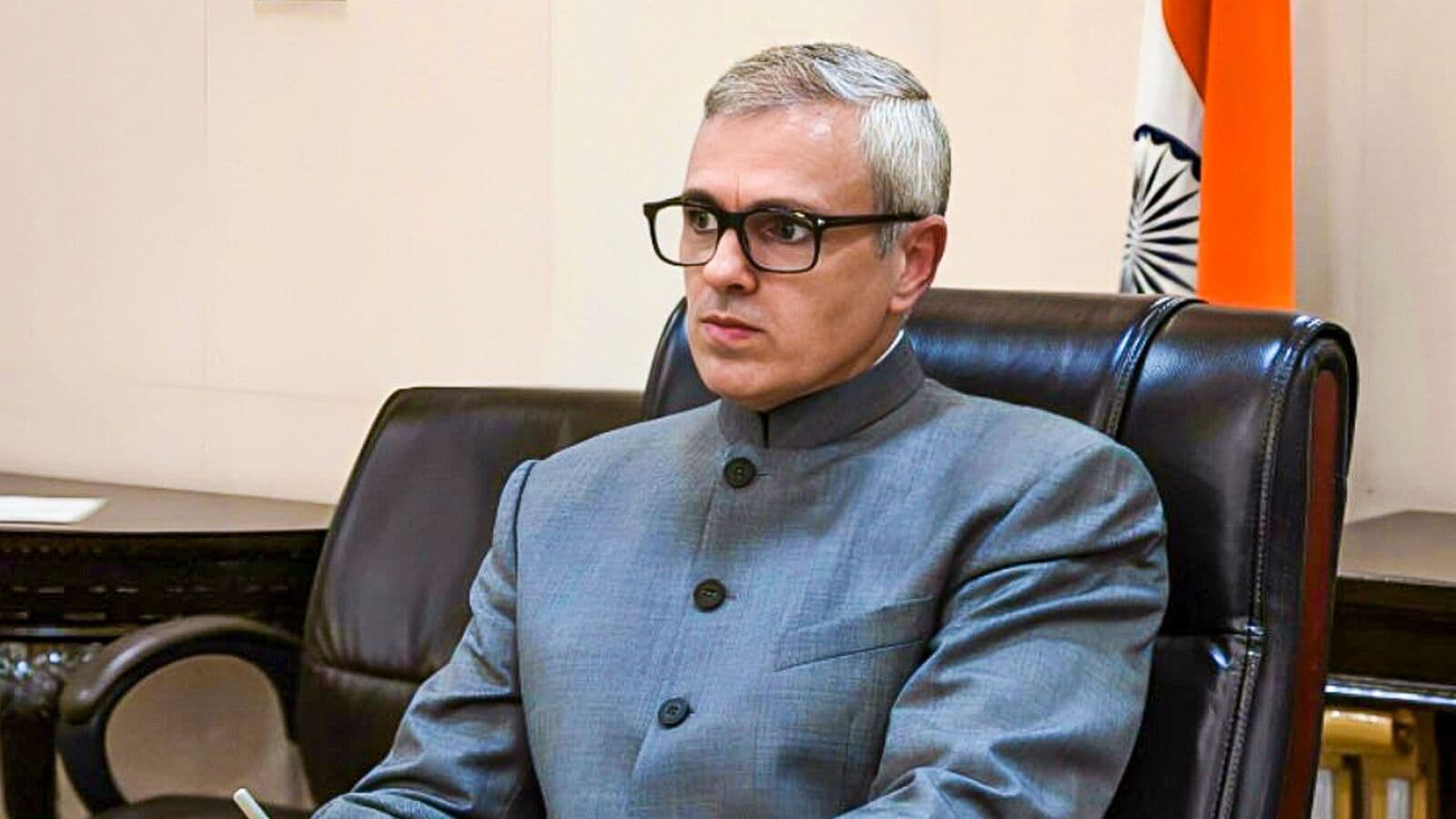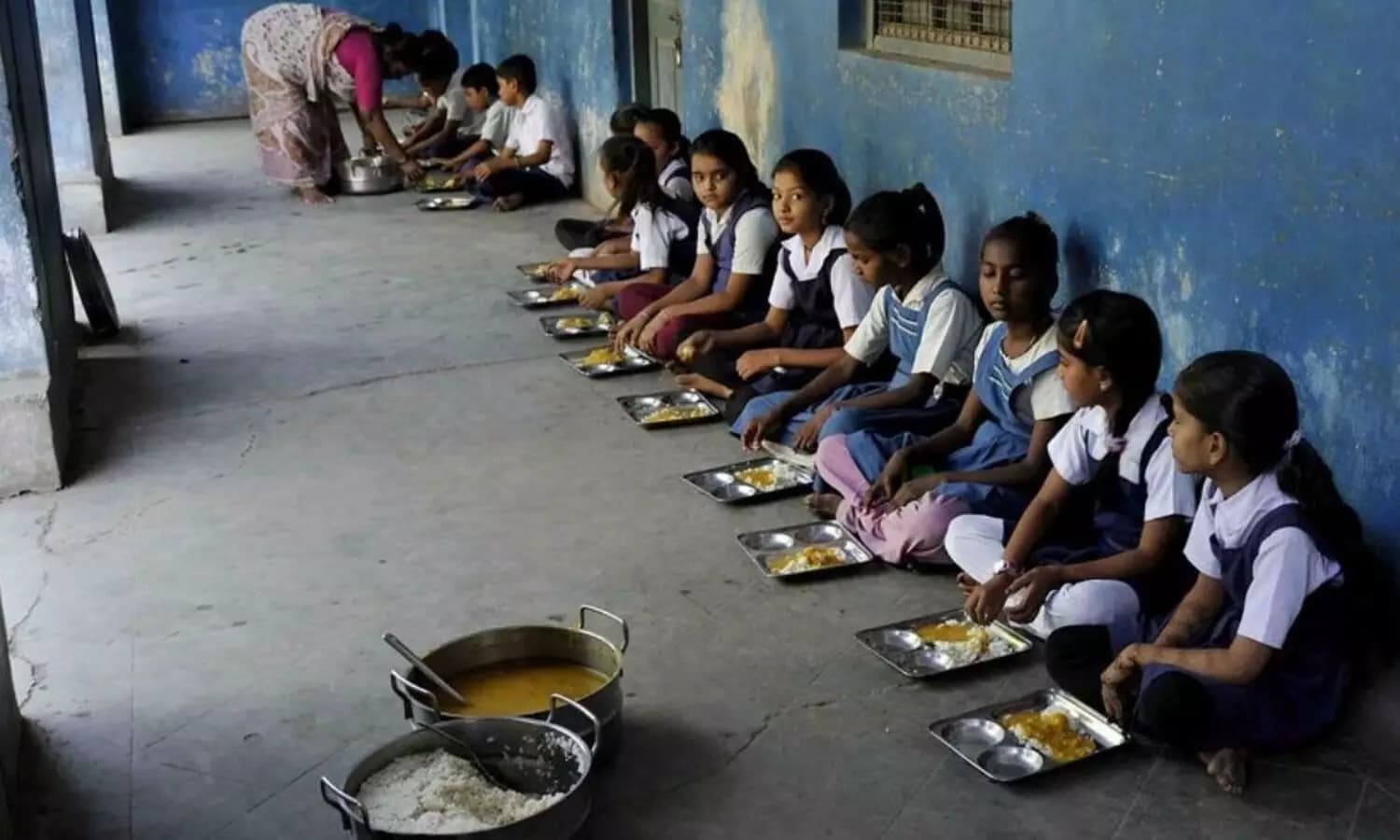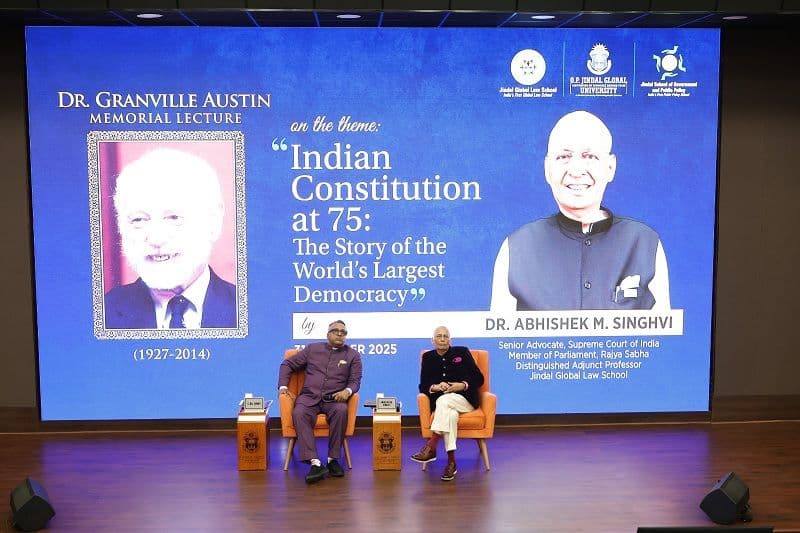The encroachment had, for decades, obstructed access to three critical water bays, contributing significantly to 2023’s severe waterlogging in south Delhi, particularly in areas such as Lajpat Nagar, Jangpura, and around AIIMS.
“After the removal of illegal structures, the department has taken up the widening of the Barapullah drain on the right bank and the opening of long-clogged water bays. This marks the first major intervention in decades,” Verma, the Irrigation and Flood Control Minister, said.
During heavy rainfall two years ago, it led to rapid swelling of the Barapullah drain, causing backflow of water and flooding across several areas. Of the three water bays, two have now been fully desilted and reopened, significantly improving water flow, he said.
“The widening of the right bank has been completed, and disposal of excavated silt is currently underway. Water is now flowing freely through the two operational bays, reducing the risk of urban flooding during the ongoing monsoon season,” Verma said.
According to officials, the third bay remains inaccessible due to an overhead power line at its mouth. Work is ongoing to coordinate with power utilities for its clearance, they said.
The demolition of Madrasi Camp took place last month, following court orders and the issuance of eviction notices in May. Around 370 working-class families resided in the slum cluster. Eligible residents were assured relocation to government flats in Narela.
The Barapullah drain remains one of south Delhi’s most crucial yet historically neglected drainage channels. PTI SSM RHL




